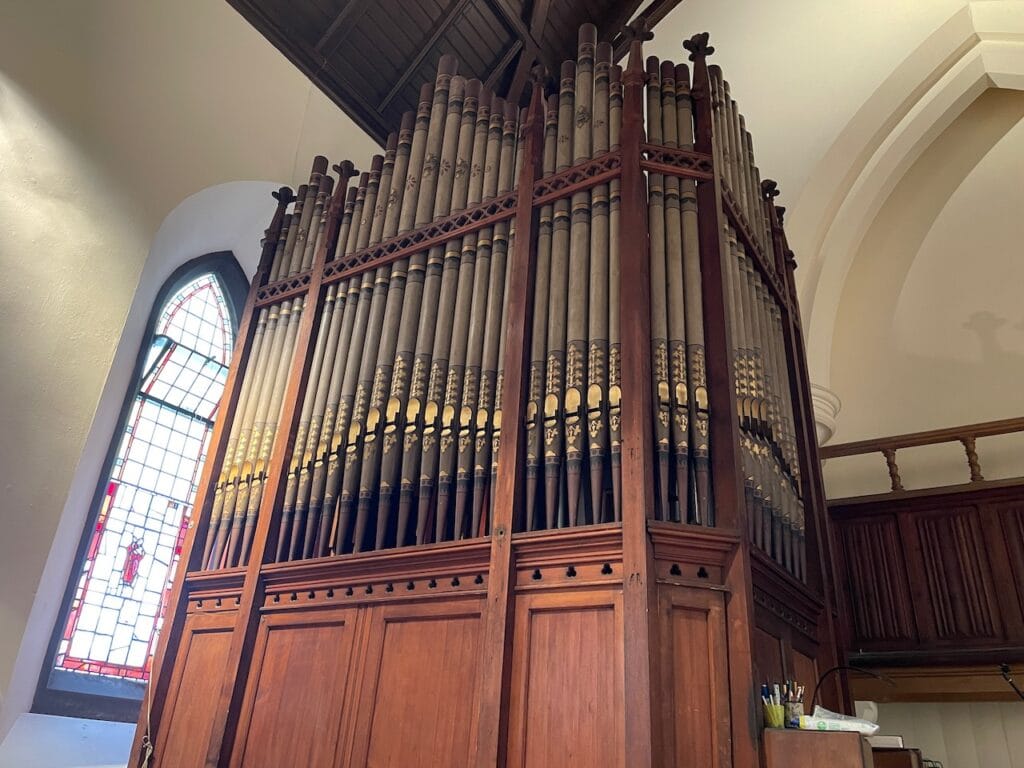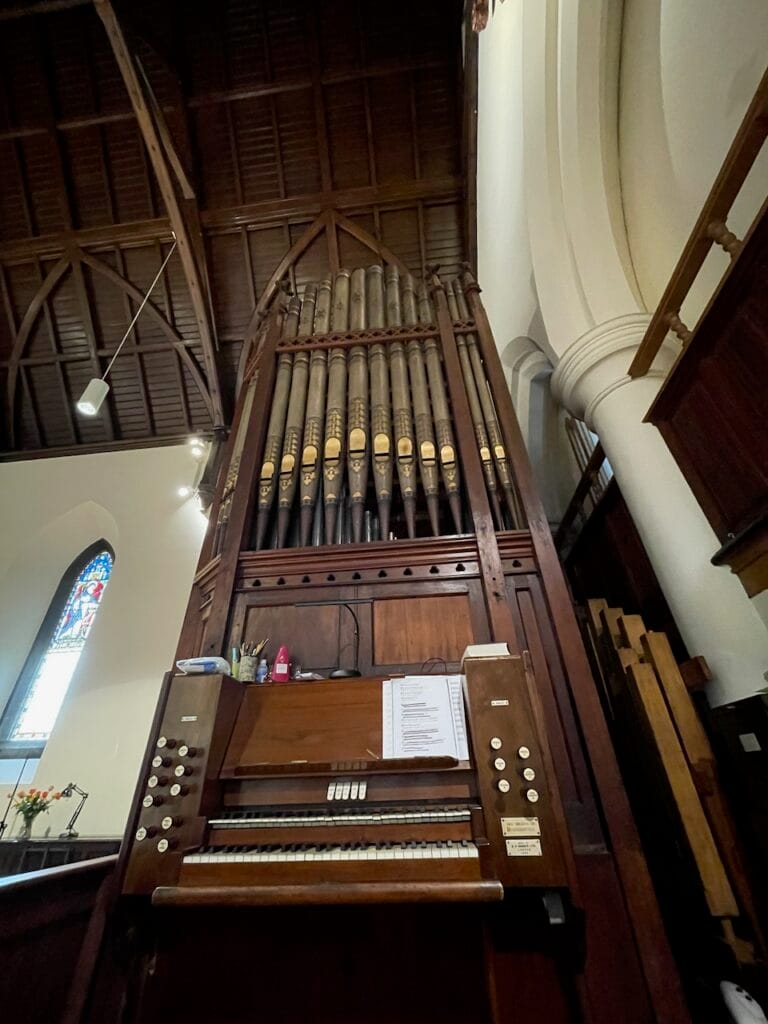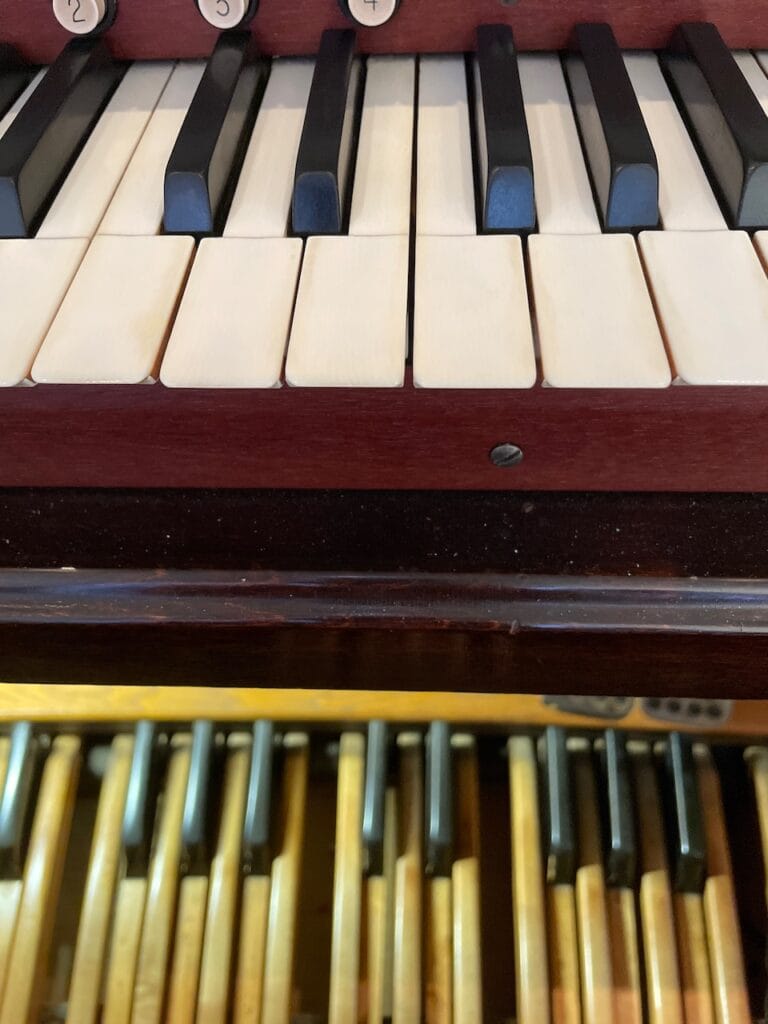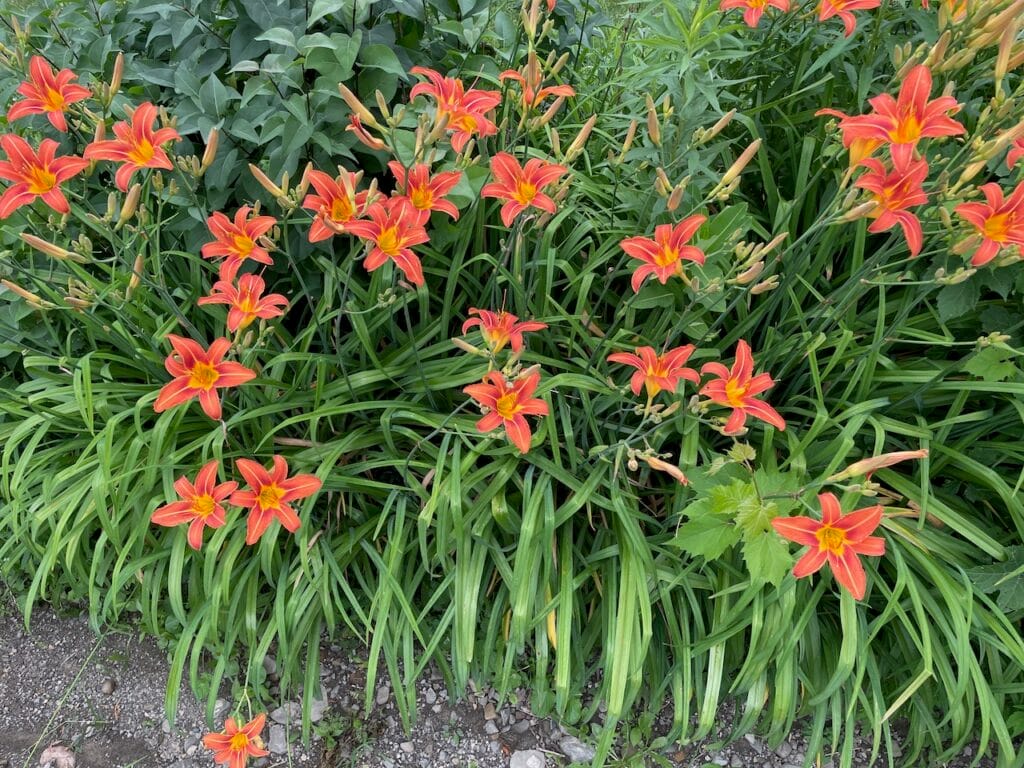
“Classical music” can be interpreted so many ways. Is it an era of composition or a musical genre? Does it pay more attention to form than to substance?
I know that Classical and Baroque periods of music are European, white, and male-dominated. Because this is part of my background, I have influenced by it. I am aware of the development of many other forms and styles of music around the world. Many of these continue as magnificent musical traditions handed down or in continued development.
Classical Forms

In my various trainings as a musician, I’ve learned Classical (with both a capital and a lowercase “c”) techniques. In much of my composing, these are no longer a primary guide. My improvisation and jazz training coupled with the influence of middle and far eastern music has taken the lead.
But once in a while, I appreciate the European classical traditions in music and what they can bring to what I create. This is especially true of my pipe organ compositions. Because the instrument is so stately, the Euro styles from 1600-18301 played on it sound congruent to our western ears.
Types Typed

In this so-called classical music, there are many forms for compositions. The forms that use the canon or round technique have always fascinated me. The fugue is a popular form using canon(s) on the pipe organ. Traditionally, the fugue repeats the musical theme rather strictly. On the other hand, the passacaglia form uses variations of the theme and introductions of additional layers. Typically, it is in a 3-count time signature2.
As I researched other musical forms, I discovered that the fantasia is right up my alley. “A fantasia is a piece of music unbound by strict form, with its roots in improvisation”.3 The complete history of the fantasia is much more complex than this suggests. Still, I decided to create one of movements of this suite as my version of this musical form.
Forms Formed
Peace
The first piece is “peace”. The solo trumpet starts the first theme immediately. I think of this form as more of a “song”. The trumpet gets a “verse”; then the organ plays an alternate verse; and the trumpet restates the opening theme to finish the piece.
What’s Your Posse Call Ya?
This is my first composition based on the passacaglia form. After I wrote a first section of this piece, I realized I had created something impossible for one person on the pipe organ. This is when I decided the piece would be for trumpet and pipe organ. With this additional instrumental voice, all the parts are covered. And as you’ll hear, in spite of the predictability once we’ve heard the opening theme, this becomes a rather complex interweaving of melodies and textures.
Fantasia
This improvised fantasy was so fun to create4. Only when I finished playing the intial improvisation did I realize it’s “in five”5. I entered into pure exploration to improvise this.
- European periods of music from 1600-1830 include Baroque (~1600-1720) and then Classical (~1720-1830). ↩︎
- “3-count time signature” – the beat is subdivided into three typically with the accent on the first beat. The actual time signature is a 3 over a 4 or “3/4” in shorthand. The “4” refers to a quarter note getting the beat. ↩︎
- https://www.classical-music.com/features/musical-terms/what-is-a-fantasia ↩︎
- Because I only have two hands and two feet, after the initial improvisation, I did have to fill in some of the accompaniment part on the pipe organ. ↩︎
- A piece “in five” means that there are 5 beats per accented segment (called a measure). ↩︎
Discover more from Stan Stewart - @muz4now
Subscribe to get the latest posts sent to your email.


Enjoyed these three immensely. Listened with decent earphones and eyes closed. Another World suddenly existed. Cheers Stan.
Thank you.